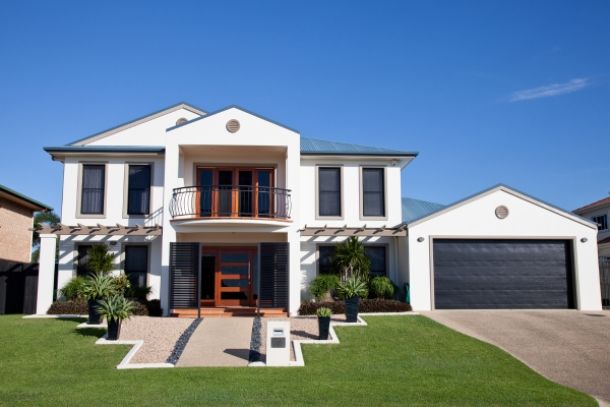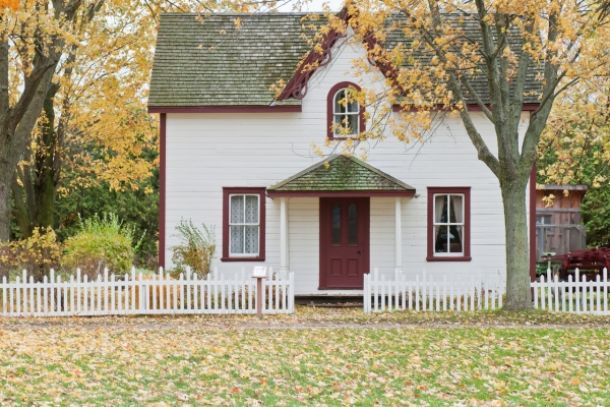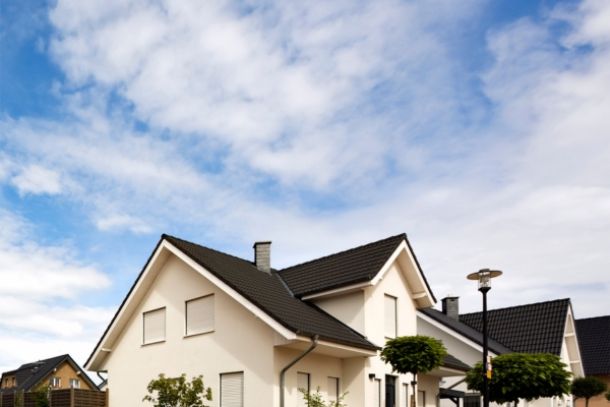Practical Tips for Building Wooden Homes
Practical Tips for Building Wooden Homes
Building a wooden home can be a fulfilling and cost-effective DIY project when approached with practical strategies and careful planning. “Practical Tips for Building Wooden Homes” provides hands-on advice that addresses common challenges and offers solutions to ensure your project is both efficient and successful. From the initial planning stages to the final finishing touches, these tips aim to guide you through every aspect of constructing a wooden house.
Introduction
Wooden homes are admired for their natural beauty, sustainability, and warmth. However, building one requires a well-thought-out plan and attention to detail. Practical tips can make the difference between a project that runs smoothly and one that encounters avoidable setbacks. This guide offers actionable advice on budgeting, material selection, construction techniques, and maintenance practices to help you achieve a high-quality result.
Start with Thorough Planning
Set Clear Goals:
Before you start, define what you want to achieve with your wooden home project. Are you building a small cabin, an extension to an existing structure, or a full-scale residence? Establishing clear goals will help you focus on the essential elements of your design.
Create Detailed Blueprints:
Invest time in developing comprehensive blueprints. Use graph paper or digital design software to draft the layout, paying attention to room dimensions, structural supports, and utility placements. Detailed plans reduce errors and serve as a roadmap during construction.
Budget Wisely:
Prepare a detailed budget that includes costs for materials, labor (if any), permits, tools, and a contingency fund for unexpected expenses. Research prices from multiple suppliers and consider using reclaimed or locally sourced wood to cut costs without sacrificing quality.
Choose the Right Materials
Quality Over Quantity:
Selecting high-quality wood is crucial for the longevity of your home. Look for species that offer durability, such as cedar, pine, or oak. Ensure the wood is properly seasoned and treated to resist moisture, insects, and decay.
Eco-Friendly Options:
Consider sustainable options like reclaimed wood or certified sustainable timber. Eco-friendly materials not only benefit the environment but can also enhance the overall aesthetics of your home by adding unique character and history.
Complementary Building Materials:
In addition to wood, consider using materials that enhance structural integrity. For example, concrete foundations, metal brackets, and modern insulation materials can improve durability and energy efficiency. Balancing traditional wood with modern components often results in a more robust structure.
Construction Techniques for Efficiency and Safety
Foundation First:
A solid foundation is the cornerstone of any home. Depending on your site conditions, choose between a concrete slab, crawl space, or pier and beam foundation. Proper site preparation—ensuring level ground and good drainage—is essential to prevent future structural issues.
Precise Framing:
Accurate framing sets the stage for a stable structure. Use treated lumber for the frame and invest in quality tools like laser levels and digital measuring devices to ensure every piece is cut and assembled correctly. Careful framing minimizes gaps and misalignments, leading to a more secure building.
Effective Joinery:
Learn and apply reliable joinery techniques. Whether you choose traditional methods like mortise and tenon or modern fasteners, secure joints are key to a durable construction. Practice on smaller projects to build your confidence before tackling the main structure.
Insulation and Roofing:
Good insulation is vital for energy efficiency and comfort. Supplement the natural insulating properties of wood with additional materials like fiberglass or foam insulation. Choose a roofing system that fits your design and local weather conditions—whether it’s wooden shingles or metal panels—ensuring proper installation to avoid leaks.
Finishing and Personalization
Exterior Protection:
Apply high-quality sealants, stains, or eco-friendly paints to the exterior of your home. These finishes protect the wood from weathering and enhance its natural beauty. Regular maintenance of the exterior finish will prolong the lifespan of your home.
Interior Details:
Your interior should reflect your personal style while offering functionality. Consider custom-built cabinetry, natural wood flooring, and handcrafted details that create a warm, inviting atmosphere. Small touches like trim work and accent lighting can significantly improve the overall look and feel.
Practical DIY Solutions:
Not every task requires professional help. Many finishing touches, such as installing shelves or applying sealants, can be done by yourself with a little research and practice. Use online tutorials and community forums to learn techniques and troubleshoot issues.
Safety and Maintenance
Prioritize Safety:
Always wear appropriate personal protective equipment (PPE) such as gloves, safety glasses, and ear protection. Keep your work area organized to prevent accidents and ensure that tools are in good working order.
Regular Inspections:
After construction, implement a routine maintenance schedule. Regularly inspect the structure for signs of moisture, pest infestations, or wear. Addressing issues early on can prevent major repairs later and ensure the longevity of your home.
Adapt and Improve:
Building a wooden home is a learning process. Document each phase of your project, noting what worked well and what could be improved. This continuous feedback loop will help you refine your techniques for future projects.
Conclusion
Practical tips for building wooden homes emphasize the importance of thorough planning, quality materials, precise construction, and diligent maintenance. By setting clear goals, budgeting carefully, and using reliable techniques, you can successfully construct a wooden home that is both beautiful and functional. Embrace the challenges as opportunities to learn, and take pride in creating a living space that reflects your personal style and commitment to craftsmanship. With a strategic approach and a focus on practicality, your DIY wooden home project can be a rewarding achievement that stands the test of time.


